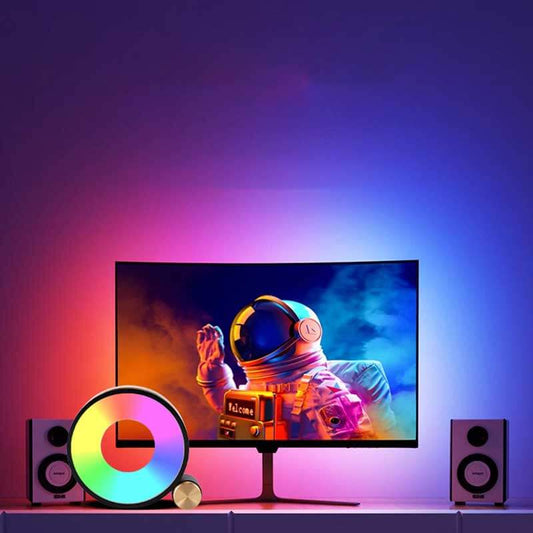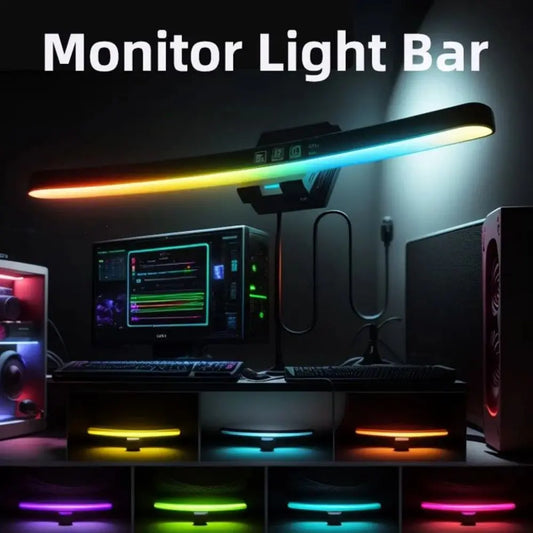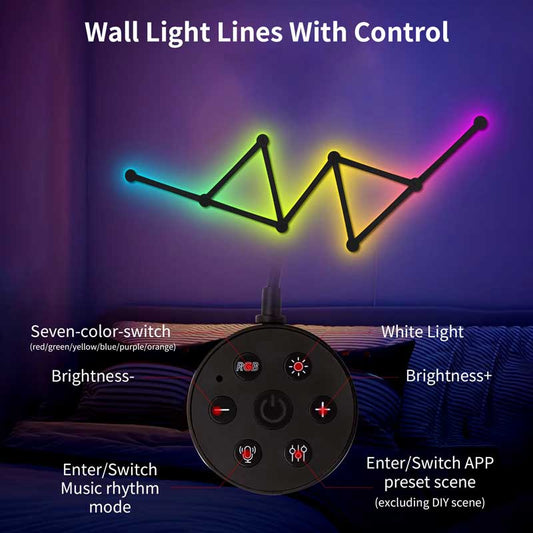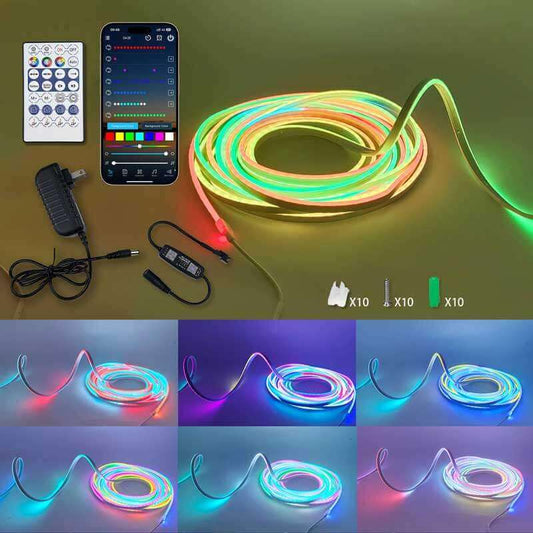Do garden lights use a lot of electricity?
Share
Garden lights, like all outdoor lighting, consume electricity, but how much they use depends on the type of lights you choose. Generally, garden lights tend to be more energy-efficient than traditional indoor lighting, especially when you opt for newer, energy-saving options. Here’s a breakdown of how different types of garden lights impact electricity usage:
1. LED Garden Lights
- Energy Efficiency: LED lights are the most energy-efficient option for garden lighting. They use up to 80% less electricity than traditional incandescent bulbs, which means you can run them for longer periods without significantly raising your electricity bill.
- Lifespan: LEDs have a long lifespan, often lasting 25,000 to 50,000 hours, which means they are cost-effective in the long run.
- Energy Consumption: A typical outdoor LED light might consume between 3 to 10 watts, depending on its size and brightness. For instance, an LED garden light used for decorative purposes might only consume about 2 to 4 watts per hour.
2. Solar Garden Lights
- Energy-Free Operation: Solar lights are the most energy-efficient since they do not use any electricity from your power grid. They operate using solar panels that collect energy during the day and store it in batteries for nighttime use.
- Advantages: The primary cost of solar lights is upfront—solar panels and rechargeable batteries—so once they are set up, they generate light without any electricity bills.
- Downsides: Their performance depends on sunlight exposure, meaning they may not work as well on cloudy or winter days.
3. Incandescent Garden Lights
- Higher Energy Usage: Incandescent lights are the least energy-efficient and are rarely used in modern outdoor lighting. They consume much more power than LED or CFL lights, generally around 40 to 60 watts per bulb.
- Cost of Operation: If you use incandescent garden lights, the electricity costs can be quite high, especially if you leave them on for extended periods.
4. Halogen Garden Lights
- Moderate Efficiency: Halogen lights are a bit more efficient than standard incandescent bulbs but still consume a considerable amount of energy. They typically use 35 to 50 watts per bulb.
- Brightness: Halogen lights are bright and produce a warm glow, but they aren’t as energy-efficient as LEDs.
5. Fluorescent Garden Lights
- Moderate Energy Use: Fluorescent bulbs use less electricity than incandescent and halogen bulbs, typically using 15 to 25 watts for a comparable light output.
- Energy Savings: While not as efficient as LEDs, they still use much less energy than traditional incandescent bulbs.
Do Garden Lights Use a Lot of Electricity?
- LEDs and solar lights are the best options if you’re looking to minimize your energy consumption. For example, running a typical LED garden light for 8 hours per day might cost you only a few pence per month.
- If you have solar-powered lights, there’s no cost to run them as they depend entirely on the sun’s energy.
- Incandescent and halogen lights consume more power and could add up on your electricity bill if you run them for long periods.
How to Minimize Electricity Usage for Garden Lights
- Use solar lights for an entirely free lighting solution.
- Opt for LED lights, which offer great brightness with minimal energy consumption.
- Set a timer or use motion-sensor lights so that the lights only stay on when needed.
- Choose lower-wattage bulbs if you don’t need a lot of brightness.
Conclusion
If you choose solar or LED garden lights, they will not use much electricity, and in the case of solar lights, there’s no electricity cost at all. Even with regular LED lights, the energy use is minimal compared to traditional lighting, so garden lights won’t have a significant impact on your electricity bills.




